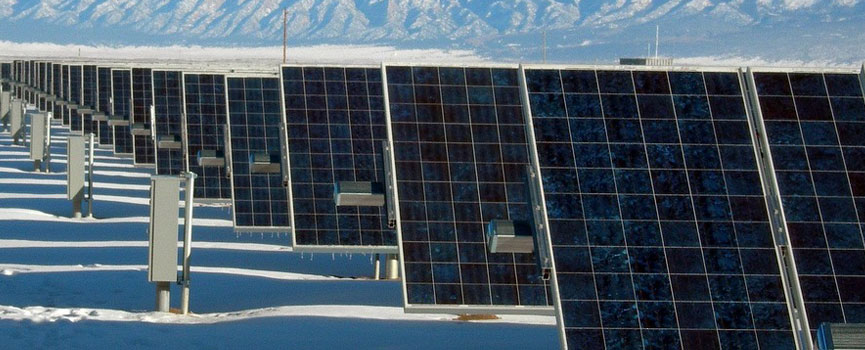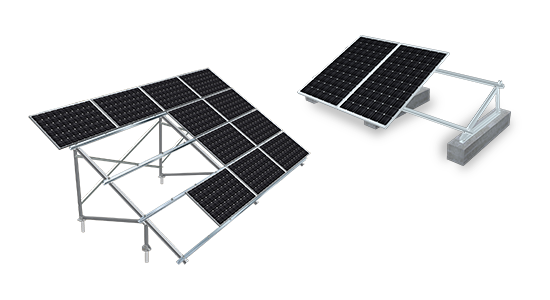How do solar trackers work?

Generally, there are two types of solar trackers, the single-axis solar tracker and dual-axis solar trackers. Both can use software, physics and motors to track the sun and follow the GPS coordinates of its position. But the single-axis solar tracker can rotate only an east-west axis, unlike the dual-axis trackers, which can rotate on a north-south axis.
The Single Axis Tracking Solar PV Mounting System is mainly applied to large-scale solar power plant at low latitude areas. One motor and control system make the whole solar module array track automatically. The unique linkage structure and slewing bearing ensure the stability of the whole system, low failure rate and maintenance cost. It is a good choice for large-scale solar power plant with roughly 20% power generation, comparing to fixed system.
Key features of solar trackers:
● Automatic Tracking without Manual Debugging
● Equipped with GPS to Ensure the Accuracy of Time
● Remote Communication, Group Control for Multi-Equipment
Significant advantages
Solar trackers provide significant advantages for renewable energy. With solar tracking technology, its power output can be increased by about 30 to 40 percent. And it can provide consistent power output all day long. The increase in power output promises to open new markets for solar power. Besides, the payback period is shorter for investment of solar projects than other fixed solar brackets.
Disadvantages
● Hard to install and require high than the fixed solar mounts
● Limited technological upgrade
● Solar trackers are more expensive, require additional maintenance
● Components are difficult to replace in relatively short periods of time
Outlook of solar trackers
Come to the solar trackers industry outlook, it seems bright. As per market research reports published by Facts and Factors, the demand analysis of Global Solar Tracker Market size & share revenue was worth around USD 2.2 billion in 2020 and is expected to reach to approximately USD 4.3 billion by 2028, with a CAGR of 10% during 2021 to 2028.


